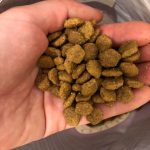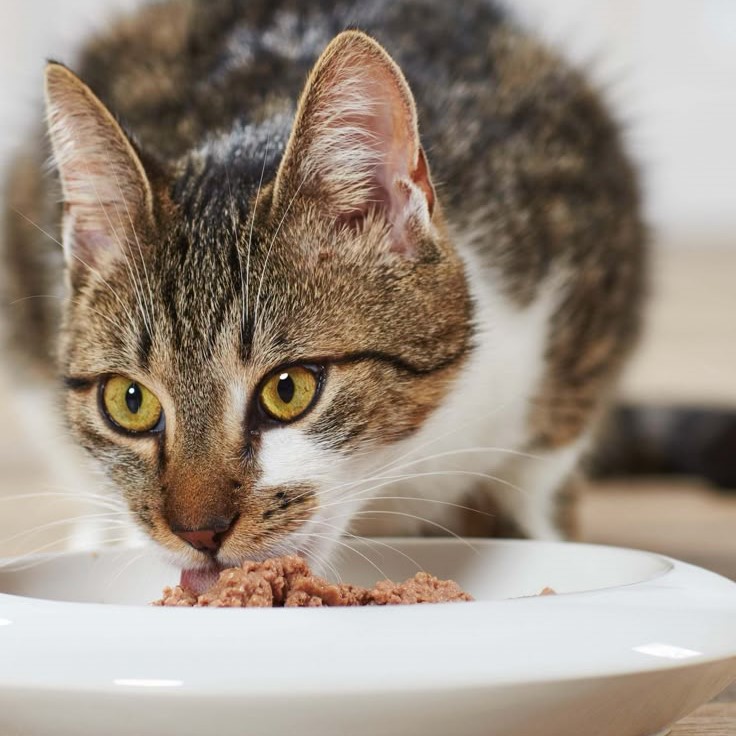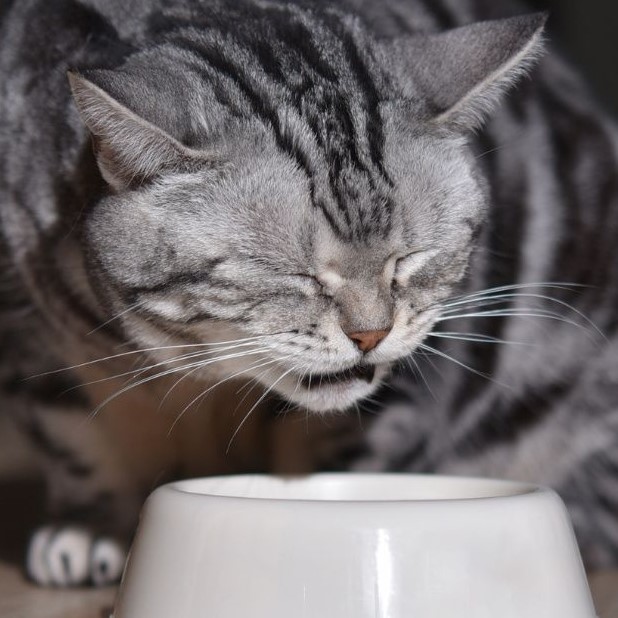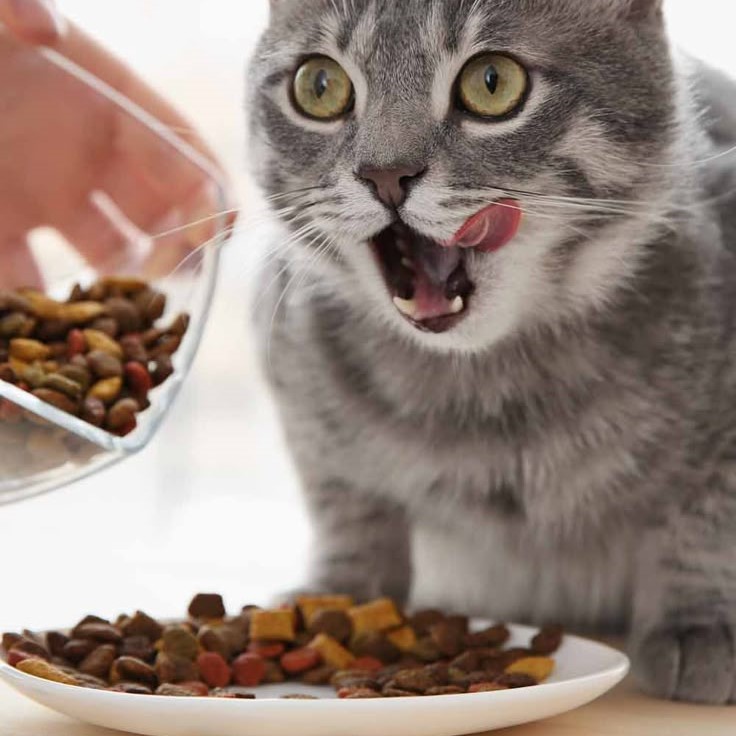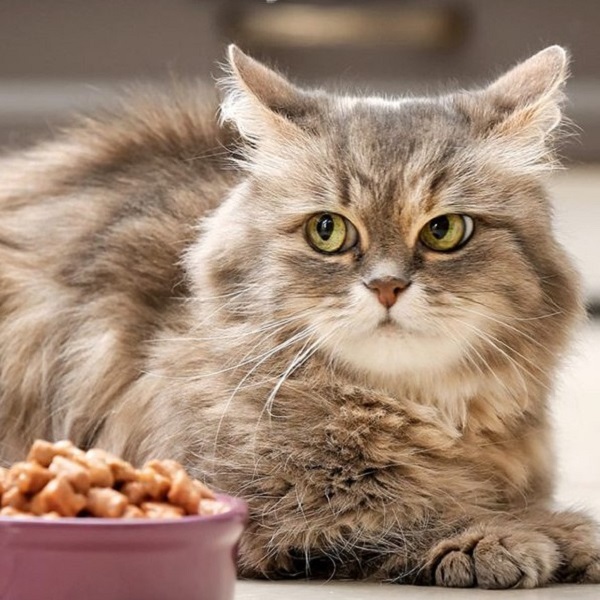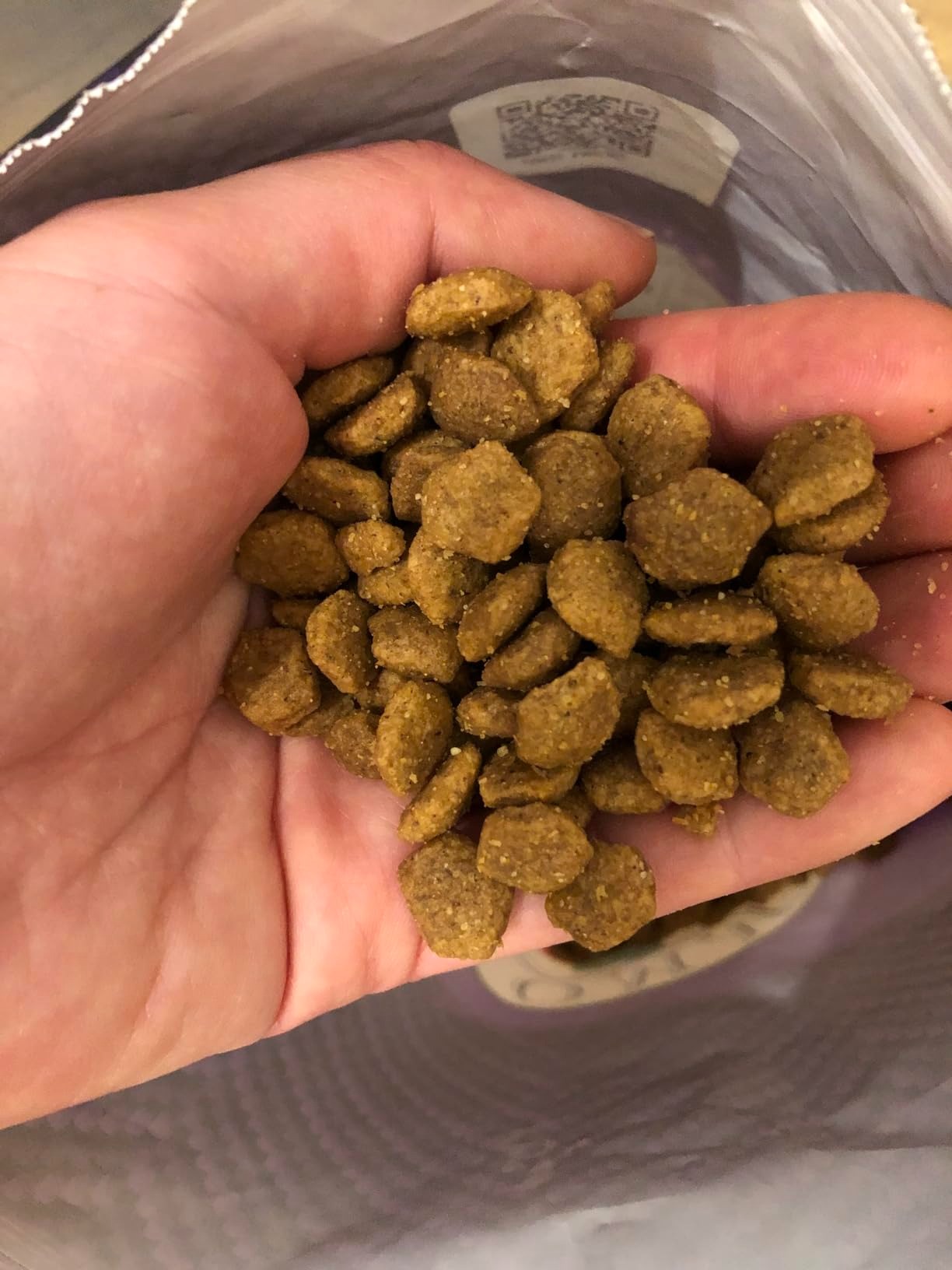Introduction: Understanding Cat Skin Allergies
For cat owners, dealing with skin allergies in their pets can be challenging and often distressing. Conditions such as dry skin, itching, and inflammation can lead to discomfort and irritability in cats. However, selecting the right cat food for skin allergies can make all the difference. This guide aims to provide insights into the causes of skin allergies in cats, tips on choosing the appropriate cat food, as well as effective strategies to keep your feline friends comfortable and healthy.
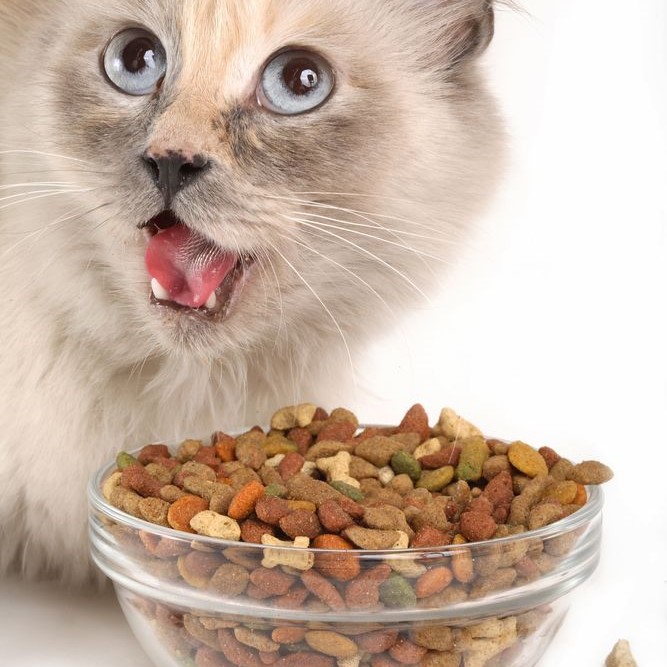
The Importance of Cat Skin Health
Understanding the role of skin health in cats is crucial for managing allergies effectively.
1. Protective Barrier
- First Line of Defense: The skin functions as the primary barrier against environmental hazards. A healthy skin layer protects your cat from infections and harmful bacteria.
- Moisture Retention: Adequate skin health helps retain moisture in the body. This regulation is essential for maintaining bodily functions and overall health.
2. Skin Sensitivity
Nerve Endings
- Presence of Sensory Receptors: Cats possess a high concentration of nerve endings in their skin. These sensory receptors allow them to detect changes in their environment, such as temperature shifts, textures, and potential threats.
- Enhanced Awareness: The sensitivity of their skin enhances a cat’s awareness of their surroundings. This heightened sensitivity is crucial for survival, enabling them to react quickly to anything that could pose a danger.
- Pain and Pleasure Sensation: The nerve endings play a significant role in how cats perceive both pain and pleasure. For example, a gentle petting or scratching in certain areas can bring them joy, while an irritating stimulus may lead to discomfort or distress.
- Vulnerability to Allergies: While the sensitivity provided by these nerve endings allows for heightened awareness, it also makes cats more susceptible to allergic reactions. Environmental allergens, such as dust, pollen, or certain foods, can trigger irritation and lead to symptoms like itching or inflammation.
- Response to Touch: When touched, a cat’s nerve endings transmit signals to their brain, allowing them to distinguish between gentle stroking and rough handling. This sensitivity influences their social interactions and bonding with humans and other animals.
Temperature Control
- Role of Skin in Thermoregulation: The skin plays a crucial role in maintaining a cat’s body temperature. It acts as a protective barrier, shielding internal organs and regulating heat dissipation.
- Sweat Glands and Hair: While cats do not sweat as humans do, they have certain sweat glands, primarily located in their paw pads. Moreover, their fur provides insulation that helps maintain body heat in colder climates while facilitating cooling in warmer temperatures.
- Blood Flow Regulation: The skin contains numerous blood vessels that can expand or constrict to help regulate temperature. When it’s hot, blood vessels widen, allowing more blood to flow to the skin’s surface where heat can dissipate. Conversely, in cold environments, blood vessels constrict to conserve heat.
- Healthy Skin for Optimal Function: Healthy skin is essential for efficient temperature control. An intact skin barrier prevents excessive moisture loss and protects against irritants, ensuring the skin can perform its regulatory functions effectively.
- Signs of Temperature Regulation Issues: If a cat’s skin is unhealthy or its fur is matted, it may struggle to regulate body temperature properly. This could lead to problems such as overheating in warmer weather or becoming too cold in lower temperatures, highlighting the importance of proper grooming and skin care.
Common Causes of Cat Skin Allergies
Understanding the causes of skin allergies is vital for identifying suitable dietary solutions.
1. Environmental Allergens
- Pollen and Dust: Many cats suffer from allergies triggered by environmental factors. These can include pollen, dust mites, mold, and other allergens present in the home.
- Household Chemicals: Certain cleaning products or fragrances can irritate feline skin, leading to allergic reactions. Identify potential irritants in your home and consider switching to hypoallergenic alternatives.
2. Dietary Allergens
- Common Food Allergens: Some cats are sensitive to specific food ingredients. Common allergens that can cause skin reactions include chicken, beef, fish, dairy, and grains such as corn and wheat.
- Food Intolerances: In addition to allergies, some cats may have food intolerances that lead to skin issues. Keeping track of what your cat eats can help identify potential trouble spots.
Choosing the Right Cat Food
When selecting cat food for skin allergies, it’s crucial to focus on high-quality ingredients that support your cat’s health.
1. Reading Labels
- Ingredient Quality: Look for cat foods that list high-quality protein sources as the first ingredient. Avoid food with vague terms like “meat by-products” and focus on specific protein sources.
- Avoid Common Allergens: If you know your cat has specific allergies, ensure that those ingredients are not included in any cat food you consider.
2. Hypoallergenic Options
- Understanding Hypoallergenic Formulas: Hypoallergenic cat food is designed to minimize allergic reactions. These formulas often contain novel proteins, such as venison or duck, that cats have not been previously exposed to.
- Limited Ingredient Diets (LIDs): Consider limited ingredient diets that contain fewer components. This approach helps narrow down possible allergens and makes it easier to identify any food-related issues.
Key Ingredients for Healthy Skin
To effectively address skin allergies, the cat food you choose should contain specific ingredients that support skin health.
1. Omega Fatty Acids
- Importance of Omega-3 and Omega-6: These fatty acids are essential for maintaining skin hydration and reducing inflammation. They help improve the skin barrier function and soothe irritated skin.
- Sources of Omega Fatty Acids: Look for cat foods that include fish oil, flaxseed, or chicken fat as primary sources of omega fatty acids. These ingredients can significantly contribute to a healthy coat and skin.
2. Antioxidants and Vitamins
- Vitamins A and E: These vitamins help support skin integrity and overall health. Antioxidants protect skin cells from damage and promote healing.
- Probiotics: Incorporating probiotics in cat food can improve overall gut health, which may positively influence skin health. A healthy digestive system can contribute to reducing skin reactions.
Additional Care for Cats with Skin Allergies
In addition to diet, several strategies can further help manage your cat’s skin allergies effectively.
1. Regular Grooming
- Routine Brushing: Regularly brushing your cat helps remove loose fur, dirt, and dander, promoting better skin health. It also increases blood circulation and distributes natural oils throughout the coat.
- Gentle Bathing: Using a vet-approved, hypoallergenic cat shampoo can help alleviate itching and irritation. Be cautious not to over-bathe, as it can strip natural oils from the skin.
2. Environmental Adjustments
- Reducing Allergens at Home: Maintain a clean living environment to minimize allergens. Regularly vacuum and clean surfaces to reduce dust and dander buildup.
- Use Air Purifiers: Consider using air purifiers to filter out allergens and improve air quality in your home. This action can lead to a healthier environment for both you and your cat.
Monitoring Your Cat’s Skin Health
Once you’ve chosen the right cat food and implemented care strategies, monitoring your cat’s progress is crucial.
1. Track Changes
- Observe Behavior: Look for improvements in your cat’s behavior and comfort level. Reduced itching, decreased scratching, and an overall happier demeanor can indicate that the new food and strategies are effective.
- Document Skin Condition: Regularly check your cat’s skin for any signs of irritation, redness, or flakiness. Take notes of any changes and discuss them with your veterinarian during check-ups.
2. Be Patient
Adjustment Period
- Time for Adaptation: When changing your cat’s diet or treatment plan, it’s important to recognize that cats may require time to adjust. This adjustment period can vary from a few days to several weeks, depending on the individual cat and the extent of the changes made.
- Initial Reactions: Initially, some cats may experience minor digestive issues or behavioral changes as they adapt to a new diet. These initial reactions are often temporary and can indicate that the cat’s digestive system is adjusting to different ingredients.
- Visible Improvements: Observable improvements in your cat’s skin health, such as reduced itching, decreased redness, or noticeable changes in coat condition, might not appear right away. It’s essential to be patient and observe your cat over the following weeks.
- Monitoring Changes: During this adjustment period, regularly monitor your cat’s skin condition and overall behavior. Keeping track of any changes can help identify whether the new diet or treatment is effective.
- Consulting Resources: Utilize resources, such as online forums or pet care books, to understand what to expect during this transition. Insights from other pet owners or veterinary professionals can provide valuable information and reassurance.
Vet Consultations
- Regular Check-ups: Maintain open communication with your veterinarian throughout your cat’s treatment. Regular check-ups allow the vet to monitor your cat’s progress and make necessary adjustments to their care plan.
- Expectation Management: Discuss with your vet what improvements or changes you should expect in your cat’s condition. This conversation sets clear benchmarks for assessing progress and understanding the timeline for adjustments.
- Identifying Persistent Symptoms: If your cat’s symptoms, such as itching or irritation, persist despite dietary changes, it is critical to consult with your vet. Prolonged symptoms may indicate that the allergy is not being triggered by diet alone or that additional factors need to be addressed.
- Further Testing: In cases where symptoms continue, further testing may be necessary to identify underlying issues. This could include allergy testing, skin scrapings, or blood tests to help pinpoint specific allergies or health concerns.
- Personalized Treatment Plans: Your veterinarian may recommend personalized treatments or alternative dietary options based on testing results. Working closely with your vet will ensure your cat receives the most effective and tailored care.
Conclusion: A Holistic Approach to Cat Skin Health
In conclusion, addressing cat food for skin allergies requires a multifaceted approach. By understanding the common causes of skin allergies, choosing the right food, and implementing proactive care techniques, you can significantly improve your cat’s comfort and well-being.
A high-quality diet rich in essential nutrients and fatty acids is paramount for maintaining healthy skin. Regular grooming and environmental management also play crucial roles in preventing and alleviating skin issues. Remember to consult with your veterinarian for personalized advice tailored to your cat’s specific needs.
Your dedication to selecting appropriate food and creating a comfortable living environment can enhance your cat’s quality of life. By taking these steps, you are not just treating symptoms; you are promoting your cat’s overall health and happiness. Embrace this journey toward optimal care, and enjoy the bond you share with your beloved feline companion!

